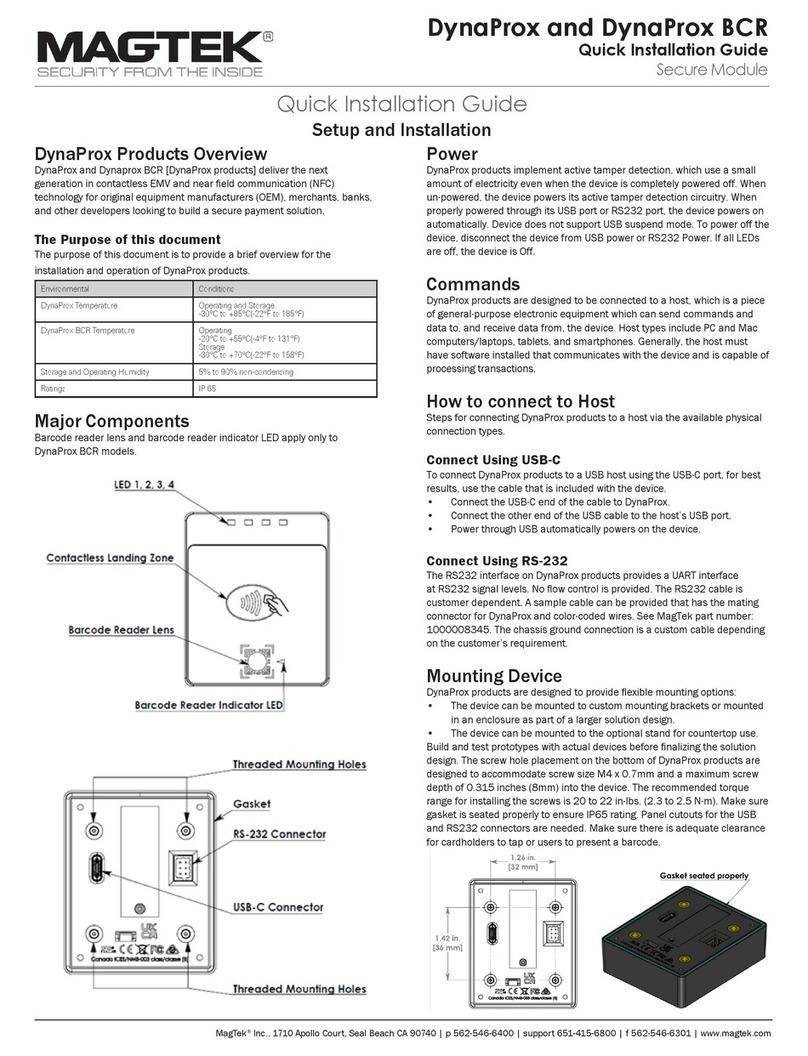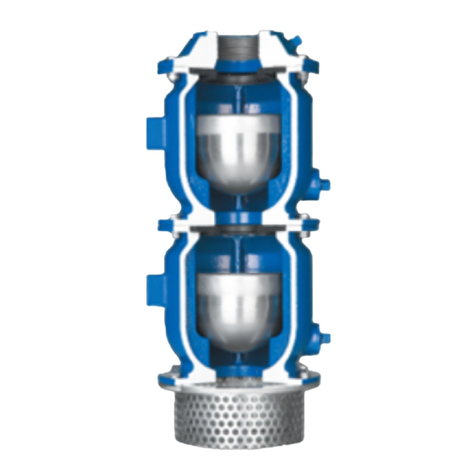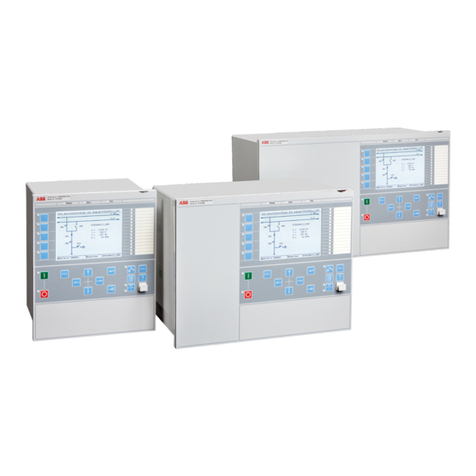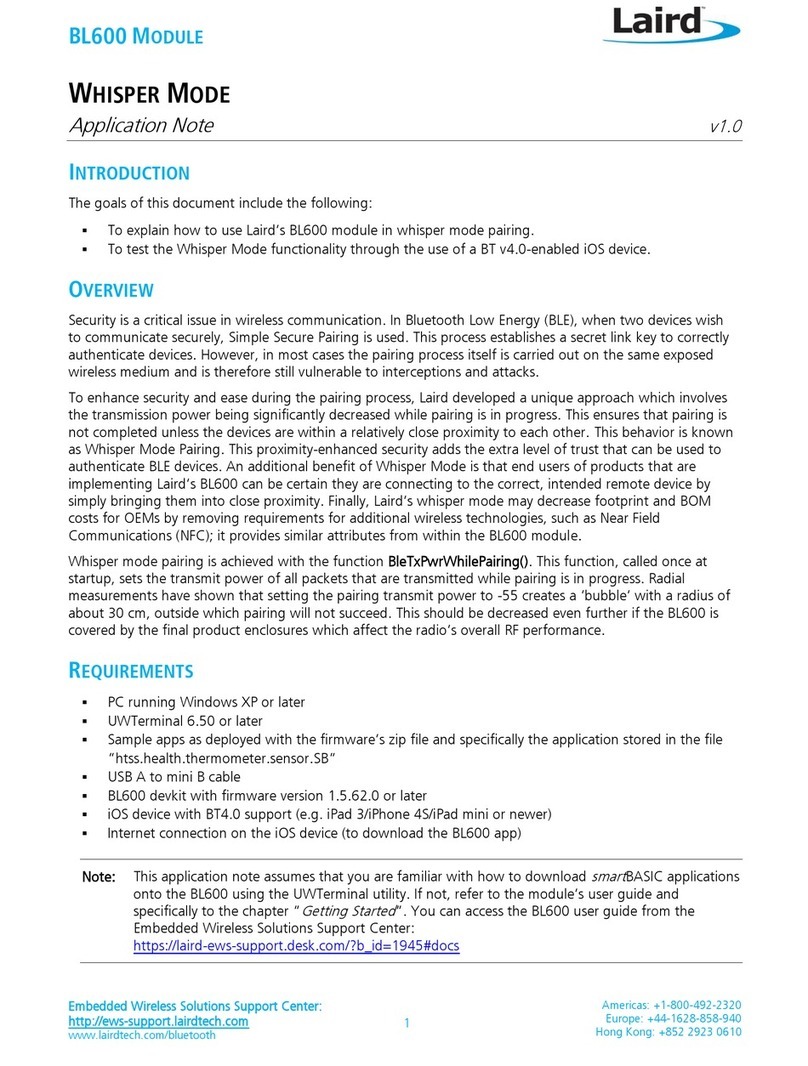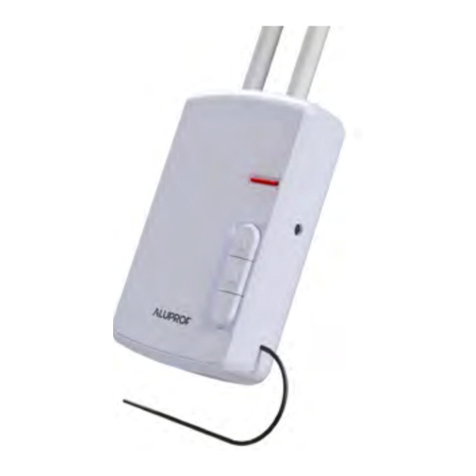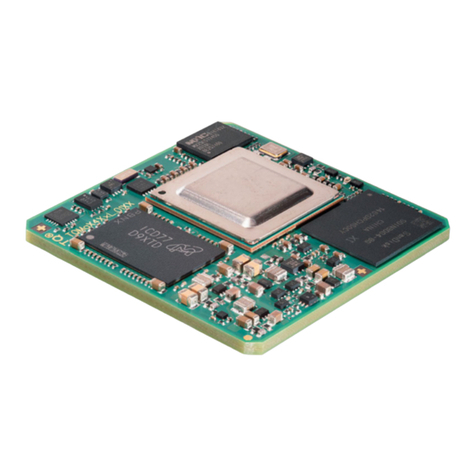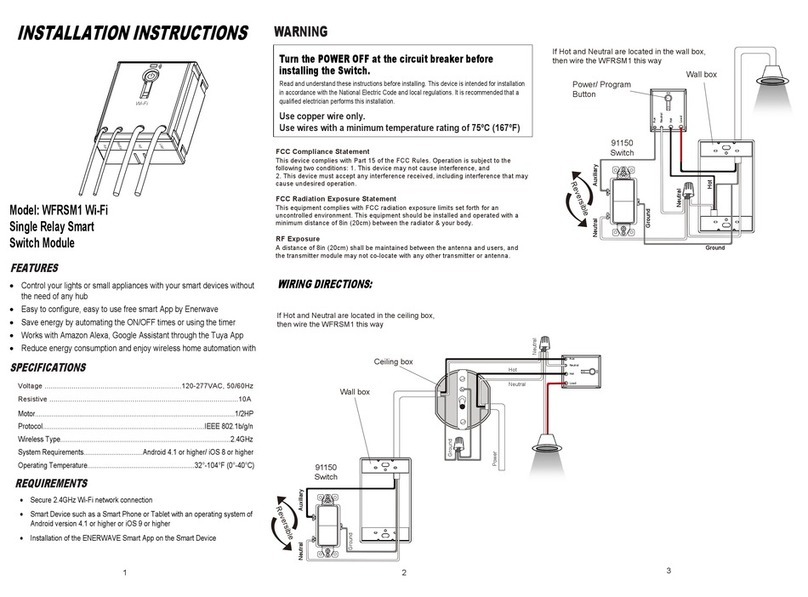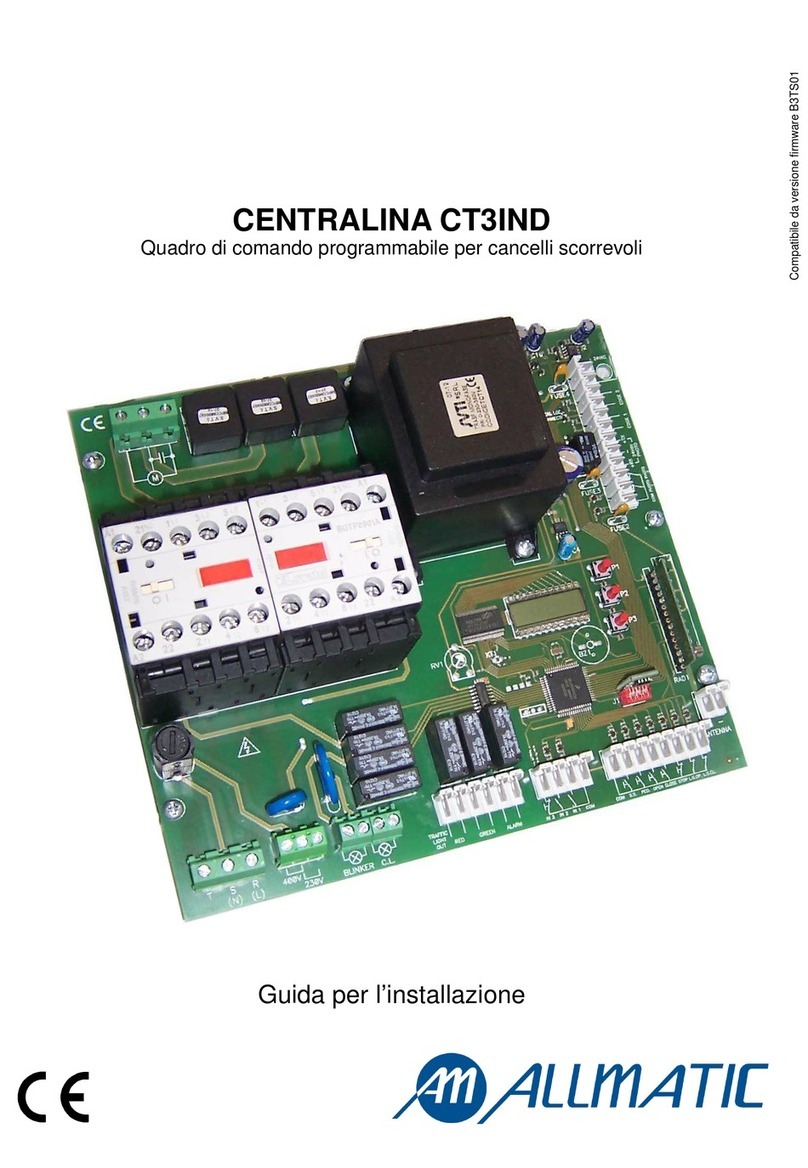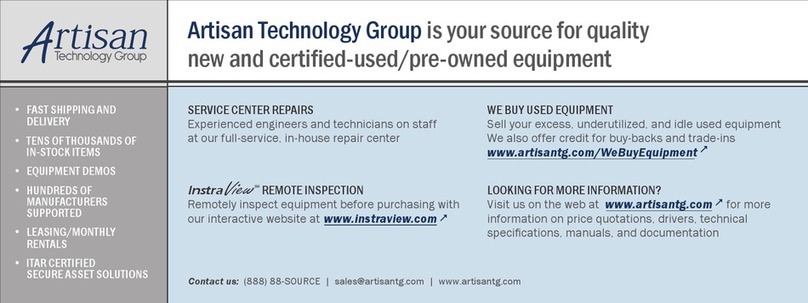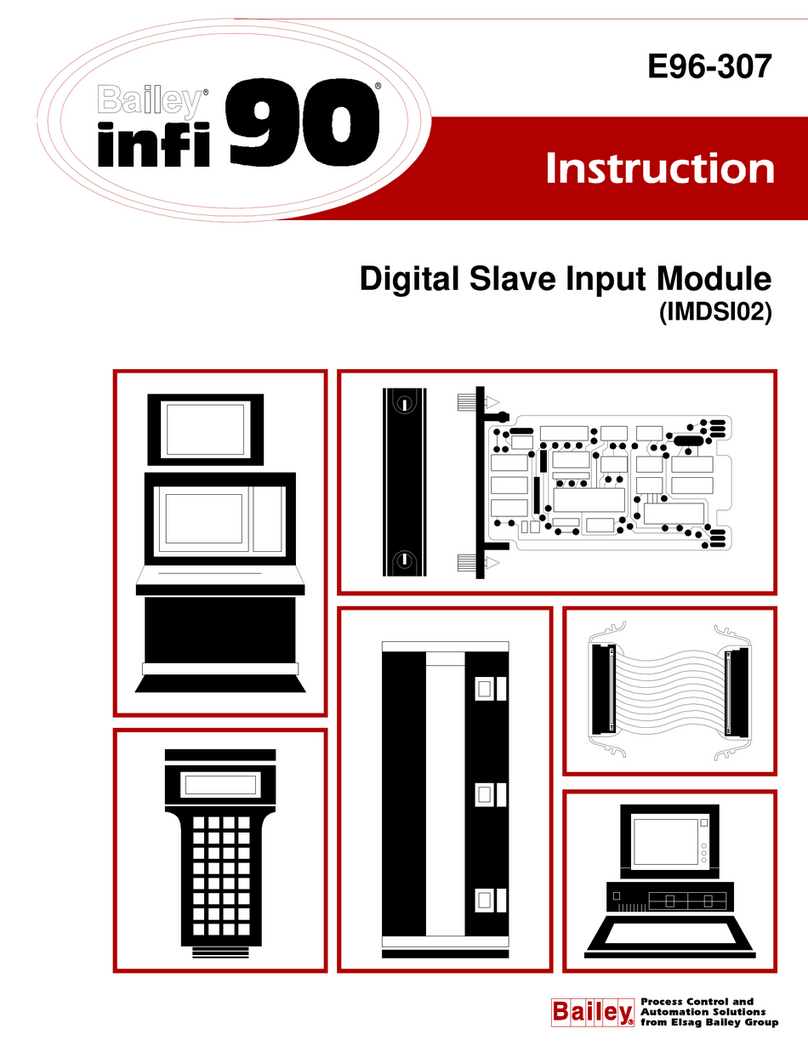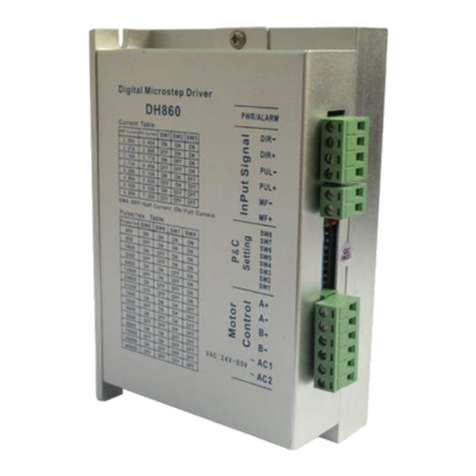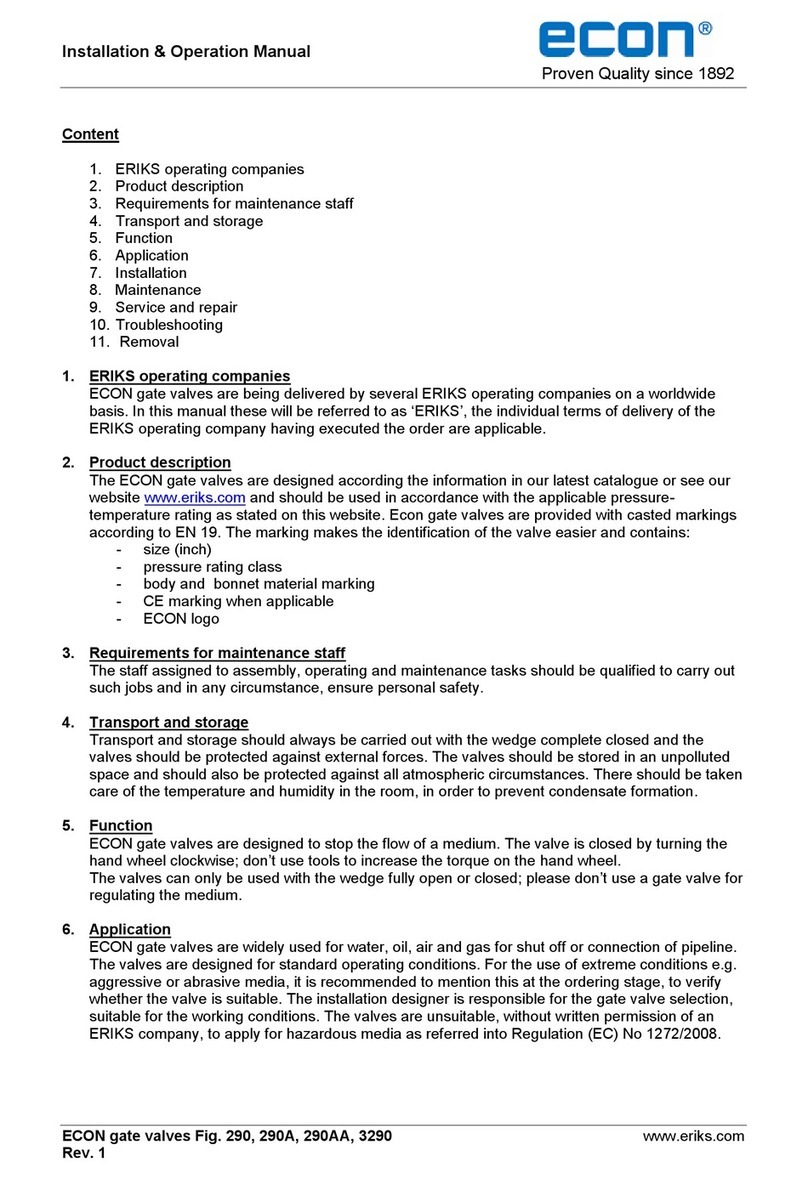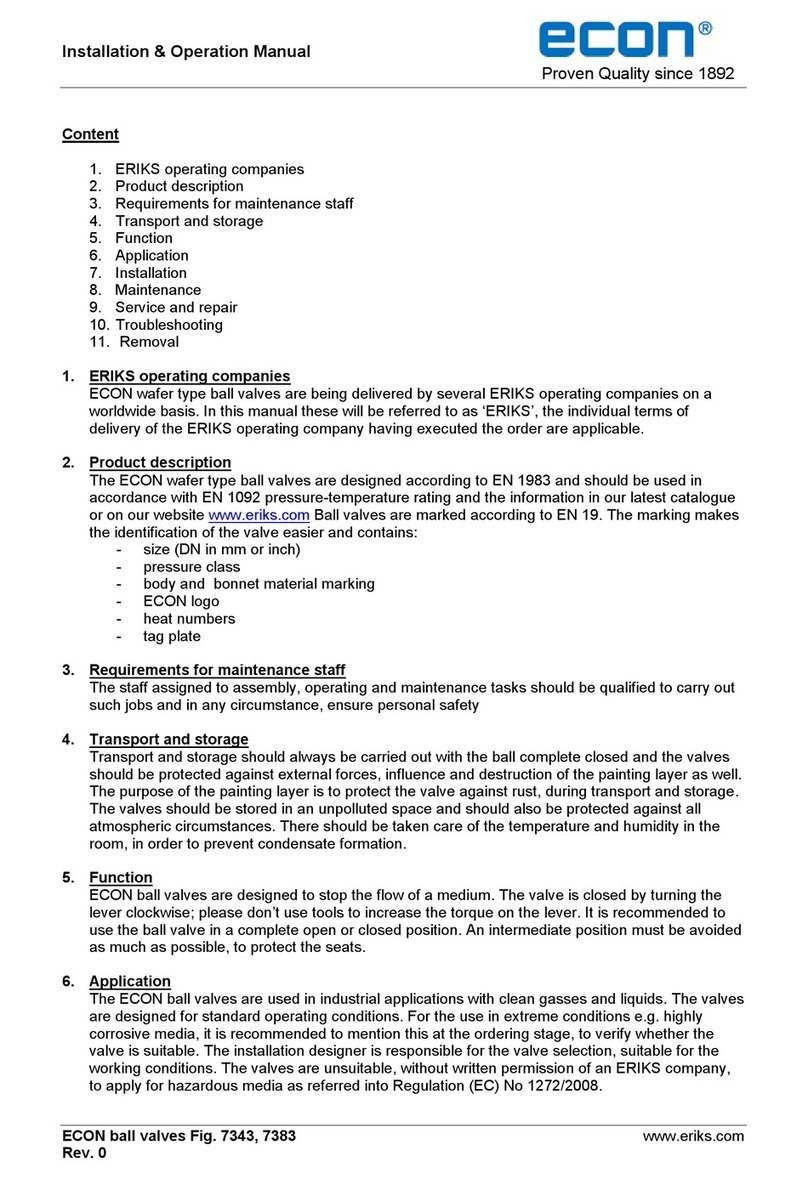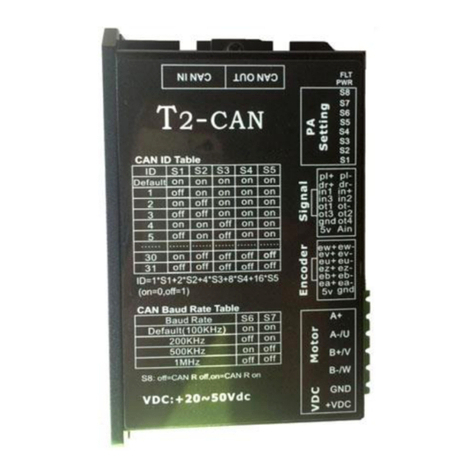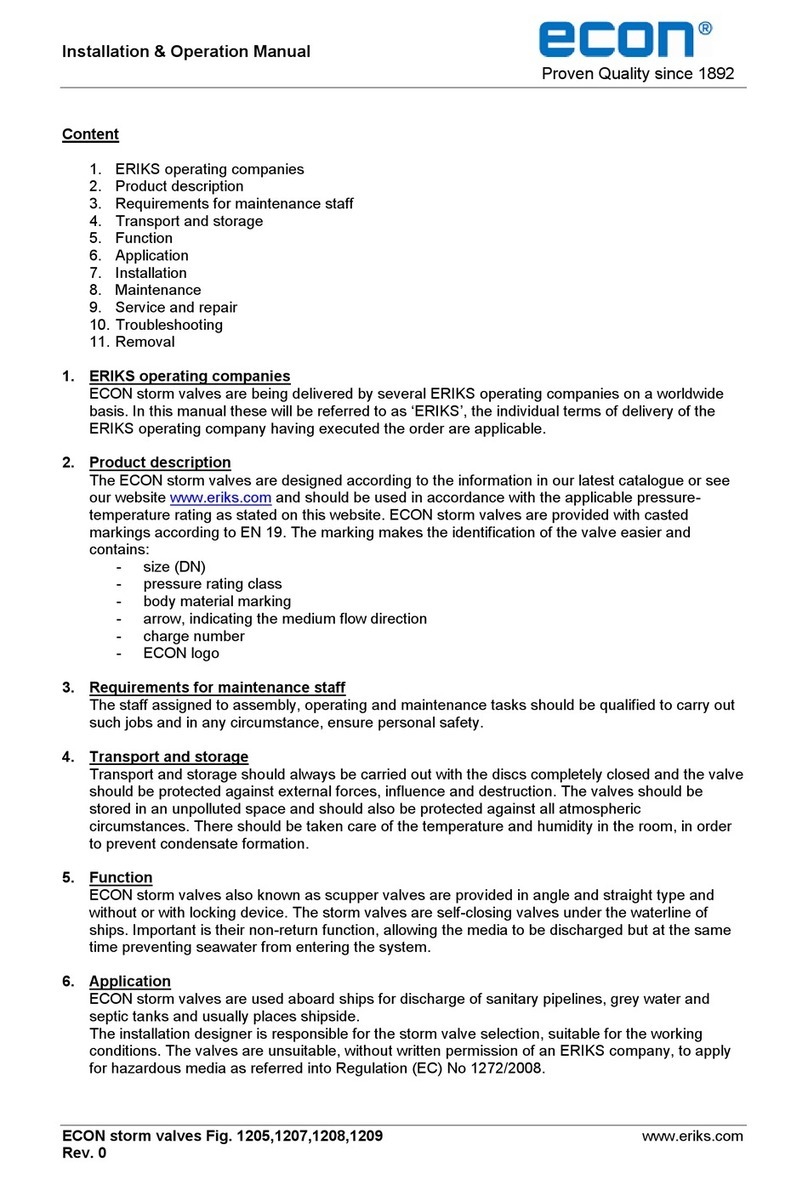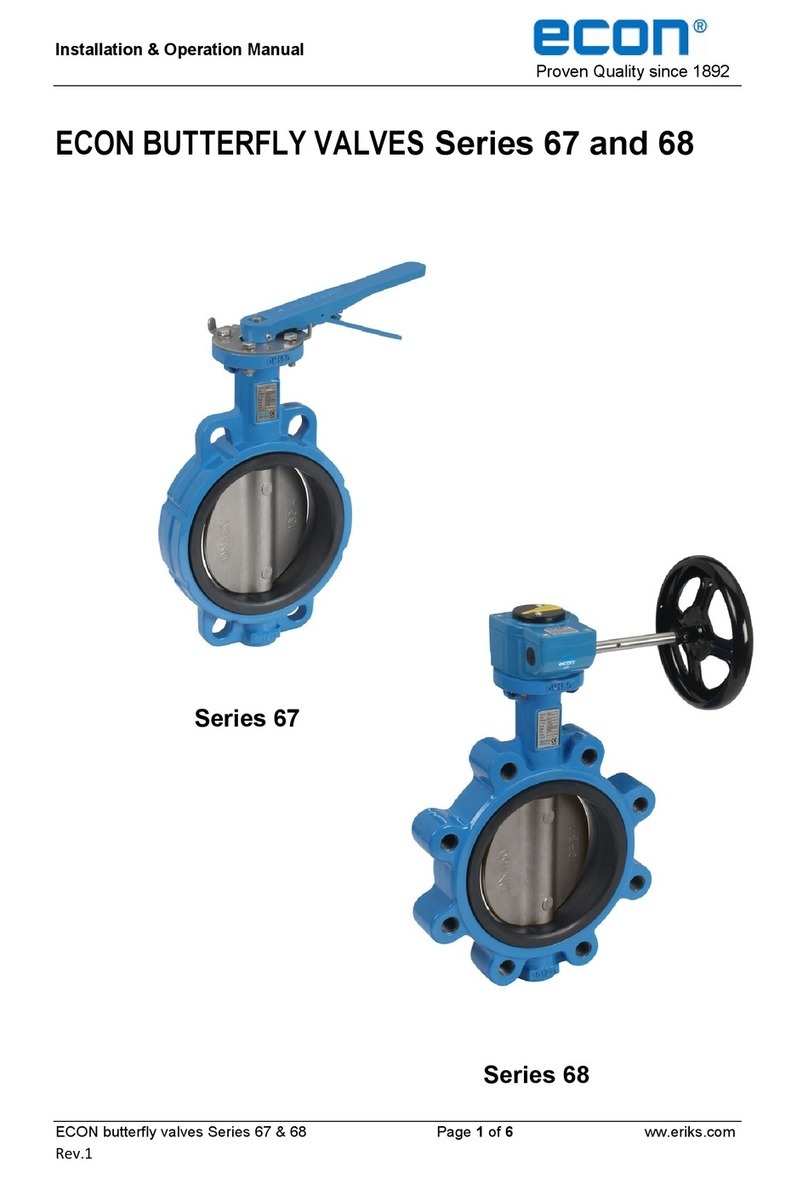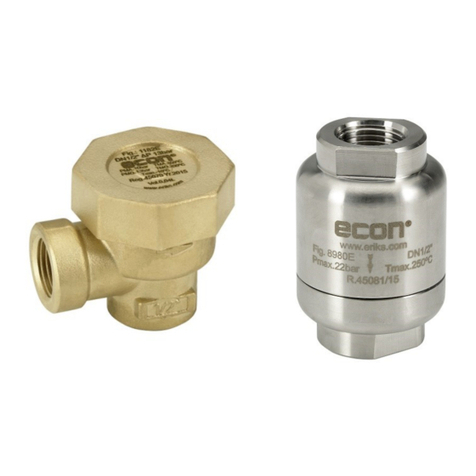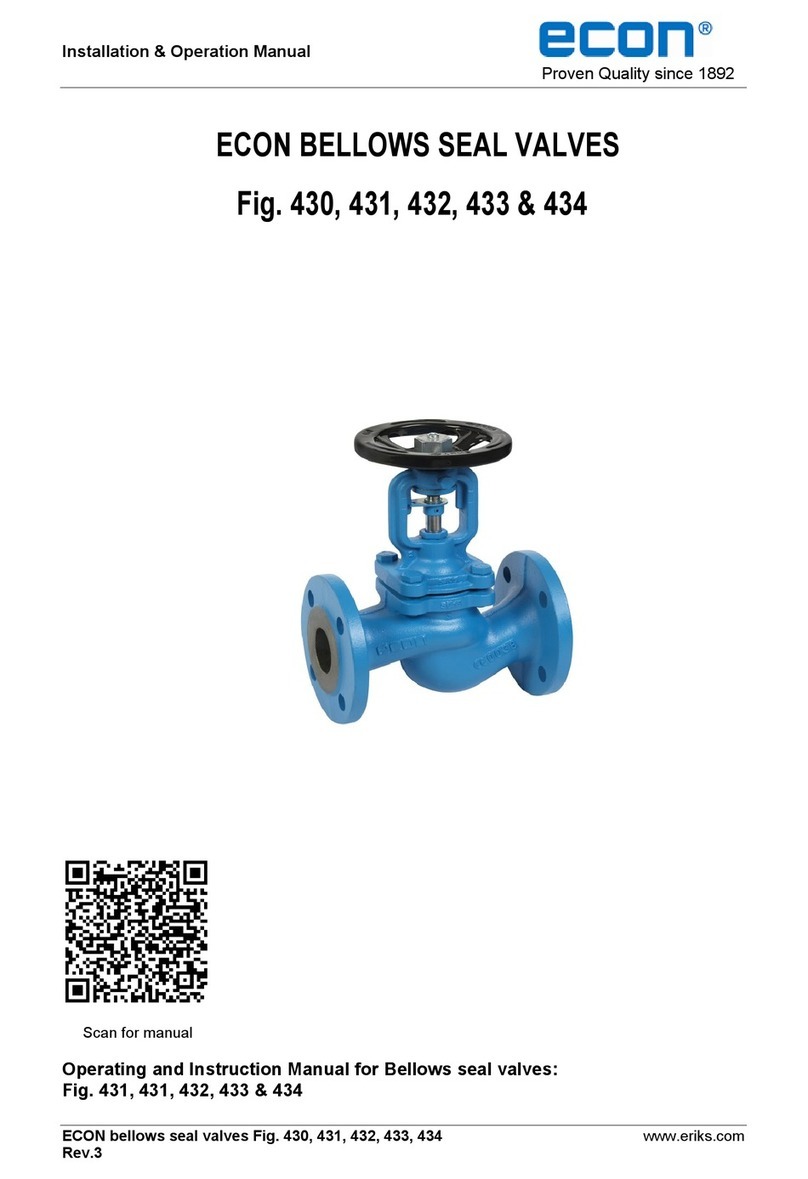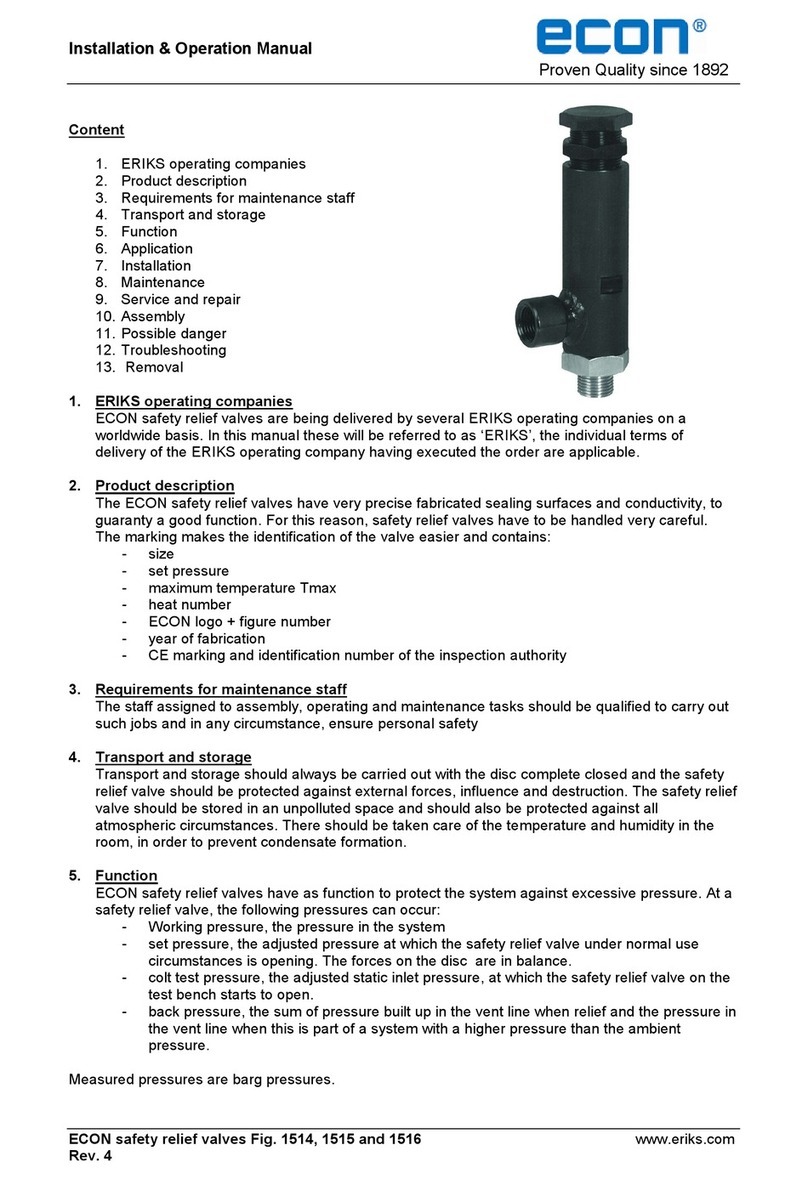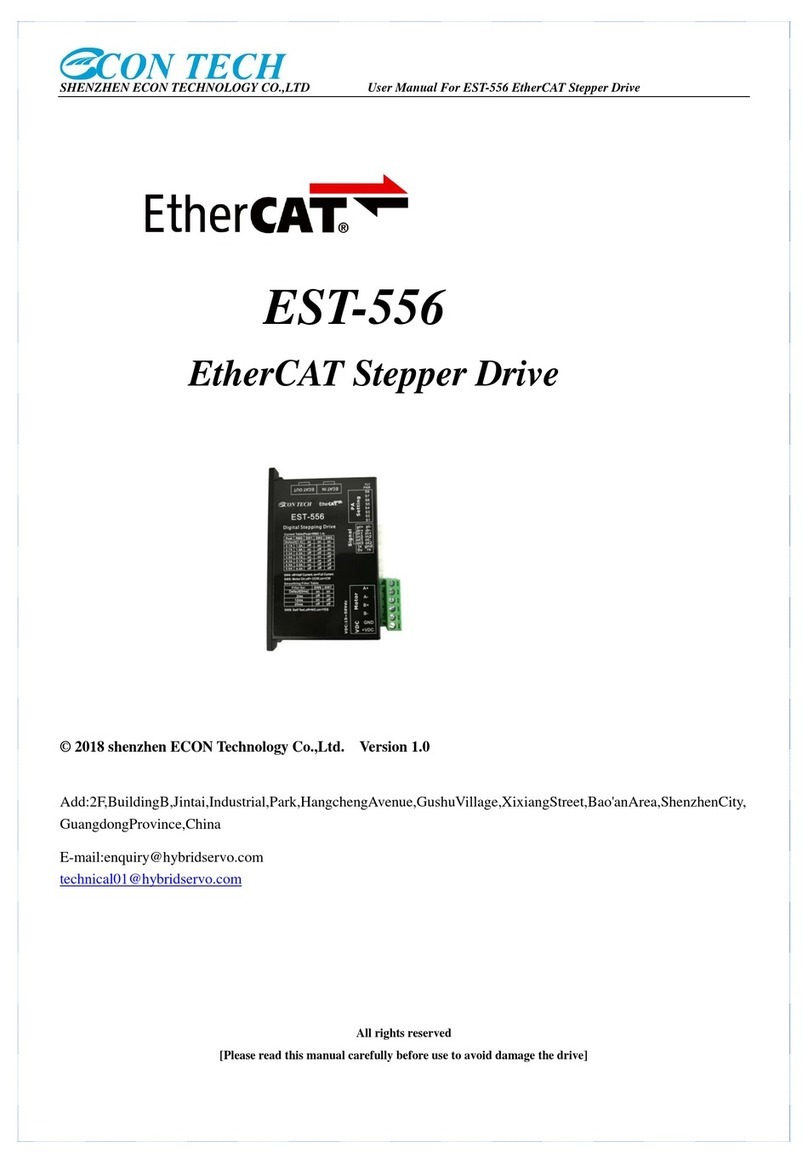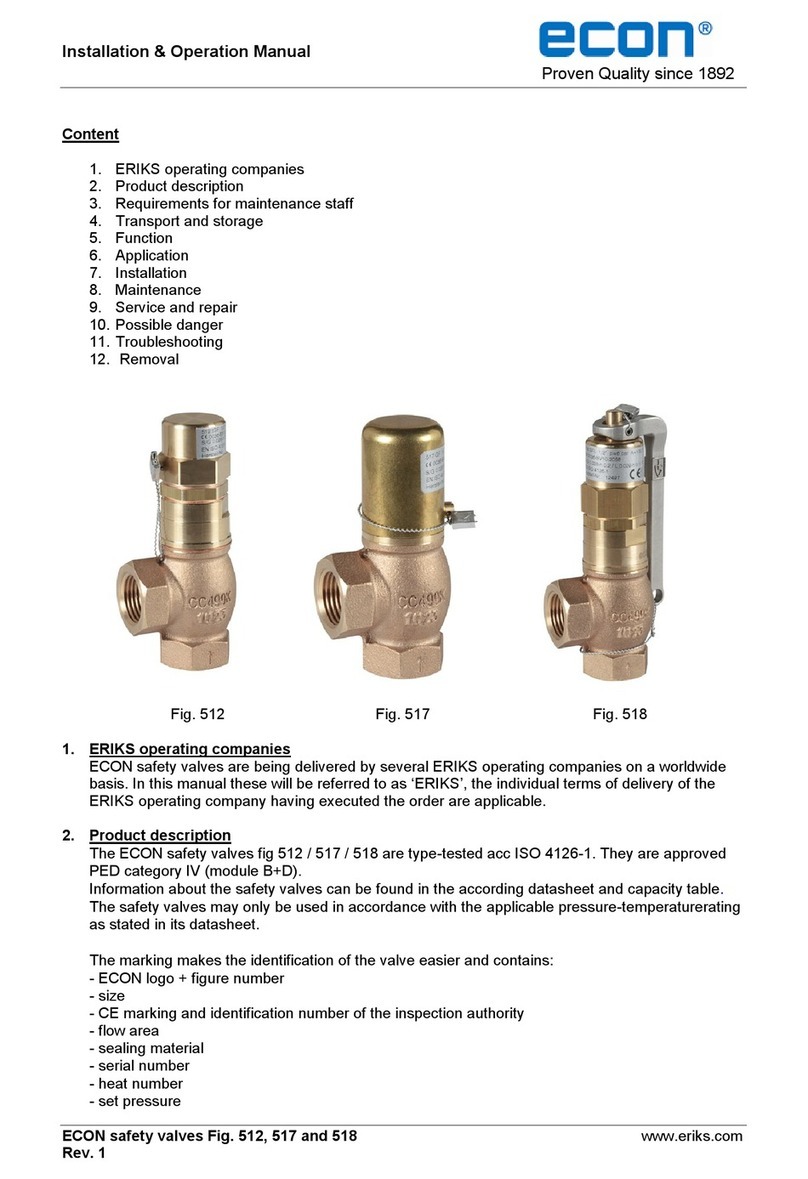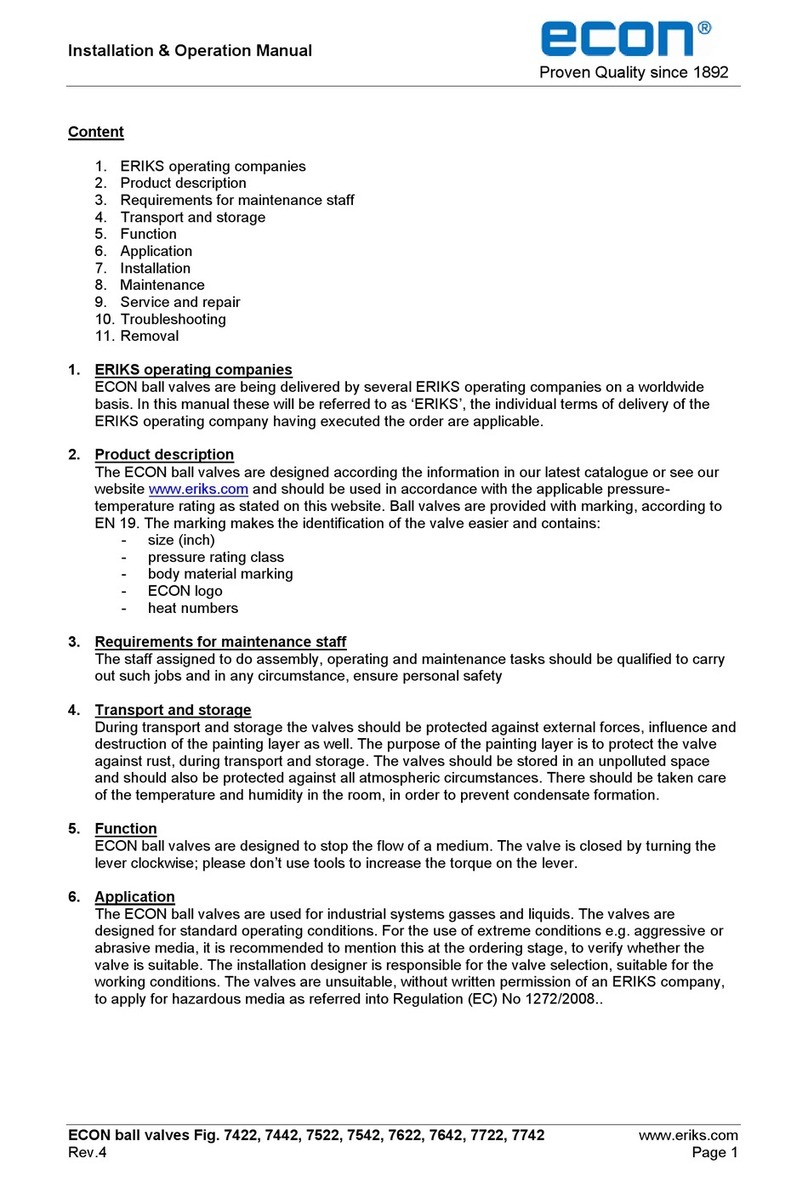Installation & Operation Manual
Proven Quality since 1892
ECON trunnion mounted ball valves Fig. 6245, 6249, 6257, 6285, 6289, 6297 www.eriks.com
Rev. 3
4. Transport and storage
Transport and storage should always be carried out with the ball complete open and the valves
should be protected against external forces, influence and destruction of the painting layer as well.
The purpose of the painting layer is to protect the valve against rust, during transport and storage.
The valves should be stored in an unpolluted space and should also be protected against all
atmospheric circumstances. There should be taken care of the temperature and humidity in the
room, in order to prevent condensate formation.
5. Function
ECON trunnion mounted ball valves are designed to stop the flow of a medium. The valve is
closed by turning the handwheel clockwise; please don’t use tools to increase the torque on the
handwheel. The maximum working pressure under maximum and minimum temperature is shown
on the nameplate of the valve. Throttling operation is prohibited; please do not keep the valve in
half-open position frequently. The pressure difference and the impact of the liquid may do damage
to the ball and seat.
6. Application
The ECON trunnion mounted ball valve can be applied in long distance pipelines as well as
normal industrial systems. This type of valve can be widely used in the industry such as chemical,
petrochemical, oil & gas, power, off-shore etc. The valves are designed for standard operating
conditions. For the use of extreme conditions e.g. aggressive or abrasive media, it is
recommended to mention this at the ordering stage, to verify whether the valve is suitable. The
installation designer is responsible for the valve selection, suitable for the working conditions. The
valves are unsuitable, without written permission of an ERIKS company, to apply for hazardous
media as referred into Regulation (EC) No 1272/2008.
ECON trunnion mounted ball valves can be operated by a worm gear box, pneumatic, electric,
hydraulic or electric-hydraulic actuator.
7. Installation
During the assembly of the ball valves, the following rules should be observed:
- make sure before an assembly that the ball valves were not damaged during the transport
or storage.
- make sure that applied ball valves are suitable for working conditions, medium used in the
plant and the right system connections, according to pressure and temperature limits as
per the tag plate.
- to take off dust caps if the valves are provided with them.
- the interior of the ball valve and pipeline must be free from foreign particles.
- the valve should be installed in the pipeline in open position, for a correct functioning, the
valve must be stress free connected to the pipeline, supports must be arranged to prevent
any additional stress, caused by the weight of the valve or the pipeline.
- steam line systems should be designed to prevent water accumulation.
- install pipelines so that damaging transverse, excessive vibrations, bending and tensional
forces are avoided.
- for easy operating, the free space around the handwheel shall be not less than 100 MM.
- before plant startup, especially after repairs carried out, flash out the pipeline, of course
with fully opened position.
- don’t leave the ball partly open (throttling operation), where the pressure drop and/or flow
rate can bring damage to the valve seats and/or ball.
- don’t open or close the ball valve too quickly, this might cause water hammer
- it is good practice to operate the valve periodically in order to assure that the ball is able to
move freely.





